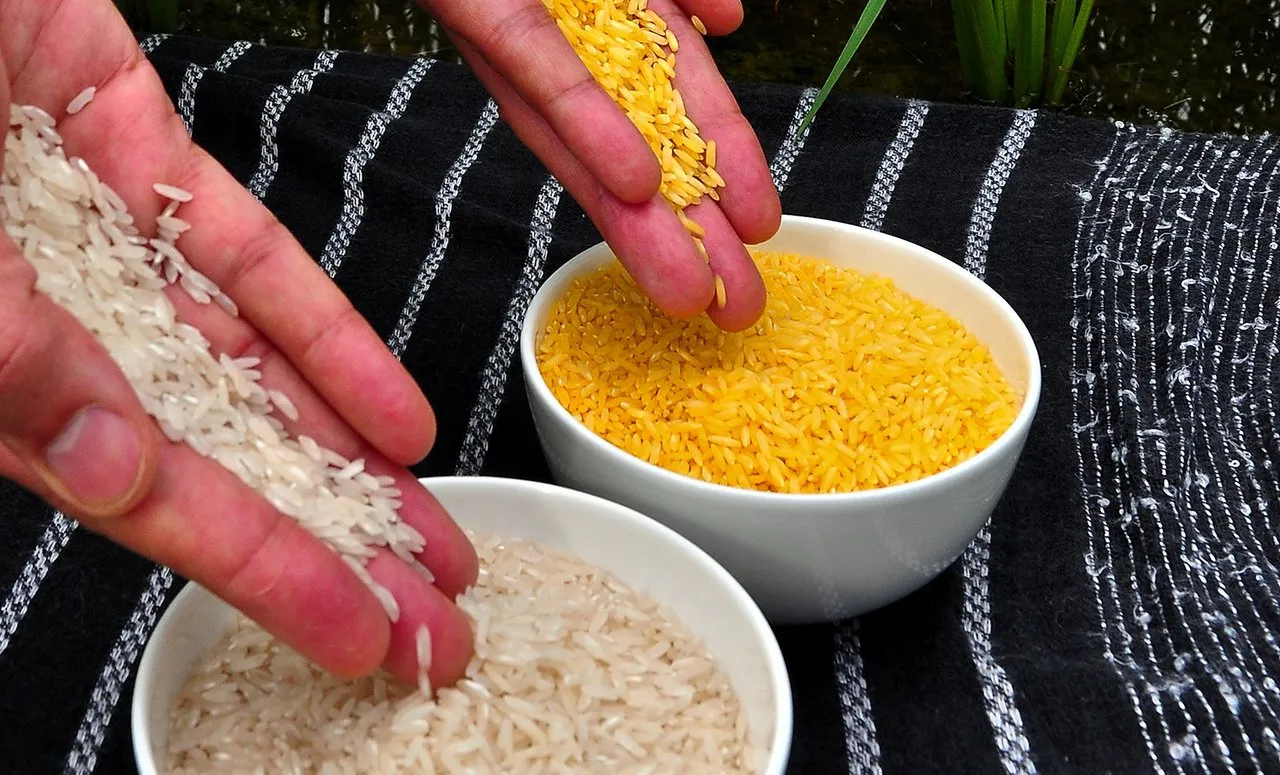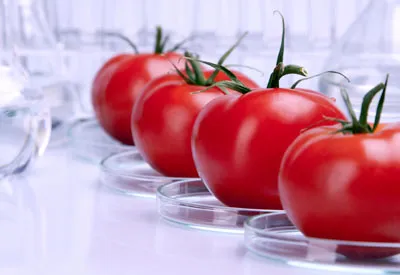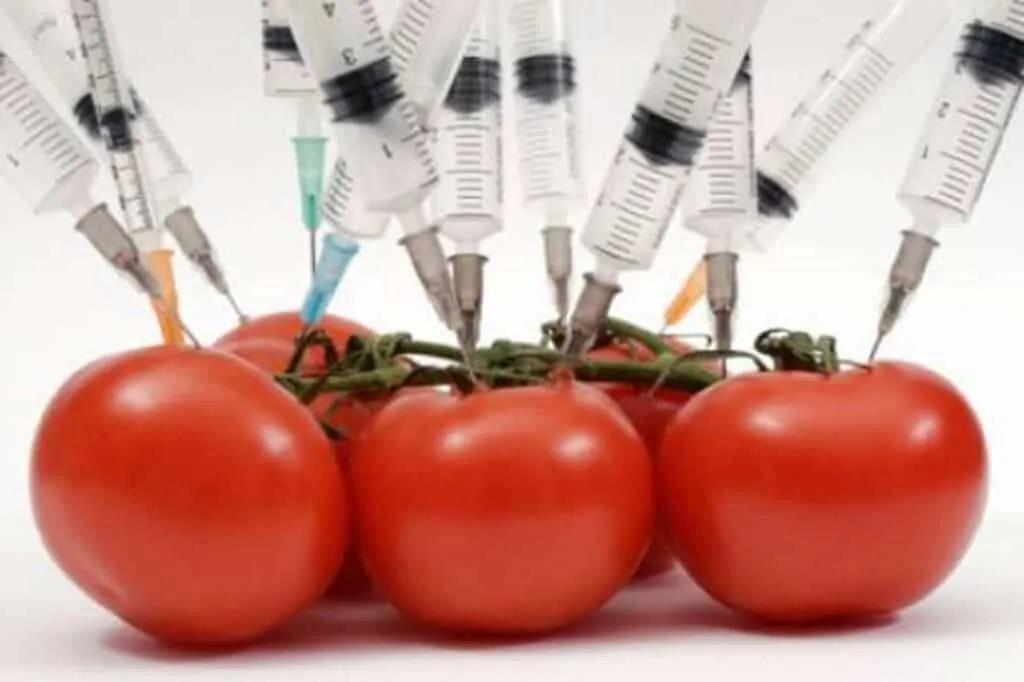The search for crops that offer alternatives to horticulturists must be systematic, since a large number of families in rural and urban areas of Latin American countries depend on them. This is true at a time like the present, when "traditional crops" such as coffee, sugar cane, cocoa, oil palm and banana, suffer enormous fluctuations in production costs and international prices.



▶ In vegetative reproduction, descendants originate from vegetative buds or meristems located on the parental plant as a result of mitotic divisions, a species that reproduces asexually can be represented by populations of genetically uniform individuals.

▶ Credits: greenbiz – [Image of Public Domain]
≕ I invite you to stay tuned and read my next contribution ≔
These populations of genetically uniform individuals initially originated from one plant, this type of population is called a "clone", and apart from differences determined by some mutations, each of the members forming part of the "clone" will be genetically identical.
In order to achieve a better utilization of the crop, it is possible to resort to the development of varieties of greater adaptability. In the breeding process, the most commonly used systems are dialelic crosses to make reproduction more efficient.

In a dialelic, all possible crosses between several genotypes are carried out, since these allow knowing the genetic properties of the material under study, the genetic control of quantitative characters of this and allow identifying superior parents and crosses.
NOTE: Reference material.